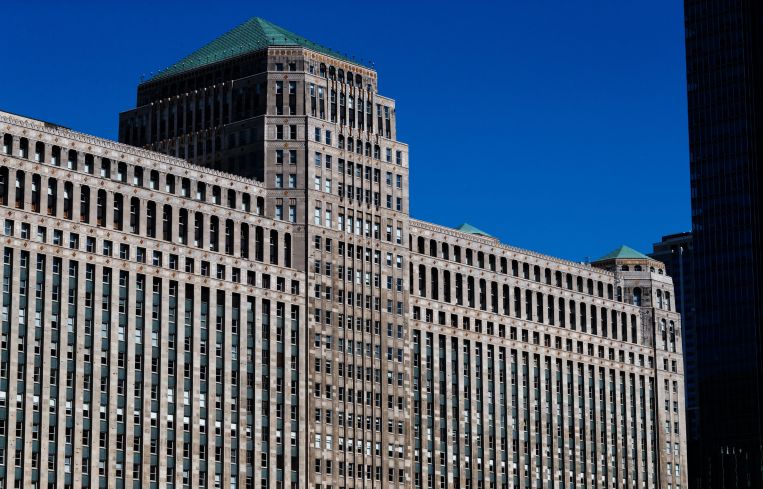How Building Owners Can Capitalize On the Digital Transformation of Work
By Peter Knutson February 15, 2021 10:34 am
reprints
Multiple studies on the state of business over the last year show that the COVID-19 pandemic has served as a rapid accelerant for the ongoing digital transformation of work. To both landlords and business owners, there is existential urgency in this. Companies do not yet know what the pressure on their office space will be post-pandemic.
To alleviate this this uncertainty, building owners must help businesses overcome the challenges of legacy systems in real estate that are untenable currently. If not, they will not be a part of the new post-pandemic workplace, a revolution — not evolution — the global economy is speeding toward.
We see three ways building owners can support tenants seeking to capitalize on the digitization of post-pandemic work: reimagine the building as an active partner to the workplace of each and every tenant; reinforce that a building’s job is to deliver the experience of a better day at work to its community; and cultivate a greater urban campus of work.
With an increasing share of the workforce fully able to do its work outside the office, the headquarters must draw back occupiers and offer the things they can’t receive at home.
Businesses must focus their real estate on advancing their company’s culture through collaborative, community-enhancing social spaces and transition away from redundant rows of workstations.
For building owners to be an active partner in this transition, they must begin to offer tenants spaces for the moments in between and around this collaborative core. Tenants will not want an office that is too empty or too overpopulated. These amenity spaces can control for that uncertainty.
Building owners must also ensure their assets offer the experience of a better day at work post-pandemic. A building can no longer be a simple commodity, it needs to be more like a work hotel and deliver great experiences to users as part of its brand.
At A+I (Architecture Plus Information), we’ve helped clients reposition buildings with this approach in mind. By integrating work-forward food service into the social heart of Chicago’s iconic 4 million-square-foot Merchandise Mart, the building has benefited from increased recognition as a brand (reintroduced to Chicago as “theMART”) and as an 18-hour restaurant/workplace/lobby/lounge hybrid experience beneficial to all tenants.
We are taking a similar but customized tack with Nuveen on their property at 780 Third Avenue in Manhattan, creating a new building brand (The Gardens at 780) built around amenities that support the entire community of tenants, even extending out into the broader neighborhood. These building upgrades offer tenants a workplace community experience that cannot be digitized.
Finally, building owners must address the profoundly broken relationship between creative-thinking companies and traditional office spaces. Highly sought-after creative services and knowledge economy employees enter the workforce straight out of great universities featuring rich landscapes of libraries, student unions, greens and quiet corners where they can engage with different energies, people and ideas. The ability to move between these places helps individuals find the space that suits their thinking and provides renewed energy to accomplish the task at-hand.
Building owners must embrace a different understanding of what already exists around them and offer workspaces that form around the contexts of the neighborhoods in which they are located. They must partner with properties and their like-minded tenants to offer a fluid network of spaces that presents a greater urban campus for the future of work — not a desk amongst fields of desks.
Take a cue from the most successful corporations of our age: the Apples, Googles, and Amazons, who have already built grand campuses for their employees with variety and flexibility suiting a diversity of work styles.
Hudson Square Properties tapped A+I to pursue this approach with their 12 buildings within its namesake neighborhood. The buildings hold TAMI (technology, advertising, media, information) tenants, who have flocked to the area as they build out custom headquarters that support their individual work cultures, inspired to be within a campus at-large of amenitized spaces devoted to a more fluid understanding of how and where we can work together. This includes properties with amenities like spacious rooftop terraces and hospitality-infused lobbies seamlessly merged with enticing food and beverage offerings.
The challenge to optimizing the digitized revolution of work is that we’ve built systems, industries, expectations and value for real estate from a pre-COVID status quo. While some have a reason to resist this imminent change, the future will be determined by tenants’ access to information and to each other. Landlords and building owners should support this flexibility to ensure a vibrant future for our cities.
Peter Knutson is a principal and the chief strategy officer at A+I.


